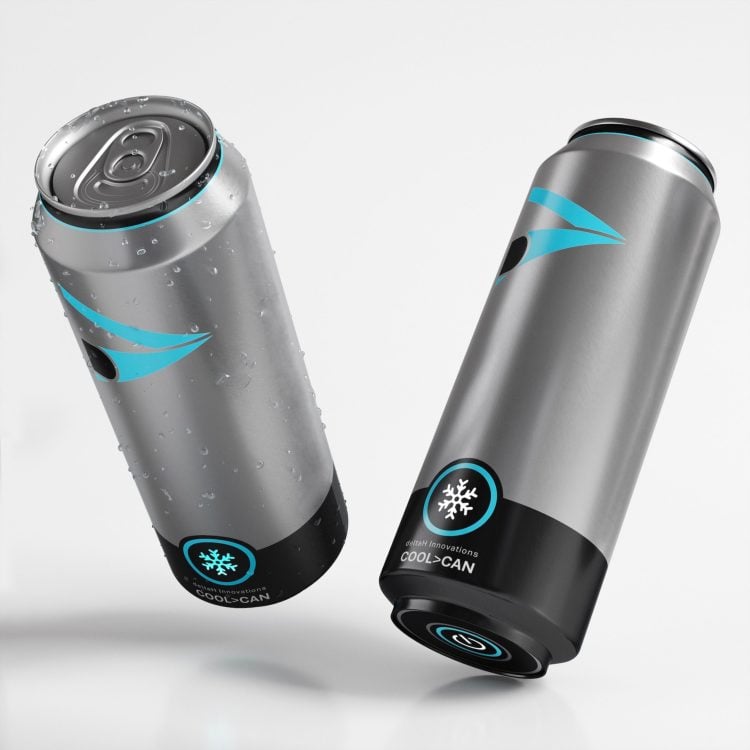There is a mysterious river flowing deep through the Amazon rainforest in Mayantuyacu, Peru, that can literally boil small animals almost instantly. While water temperatures along the 6.4-km-long river range between 50 and 90 degrees Celsius, in some parts almost reaching the boiling point of 100 degrees. That’s hot enough to cause third-degree burns in a matter of seconds.
The local Asháninka people have known about the mysterious Boiling River for centuries, referring to it as ‘Shanay-timpishka’, which translates to ‘boiled with the heat of the sun’. Ancient legend has it that the hot water is unleashed by a giant serpent named Yacumama (mothers of the waters) and a large boulder shaped like a serpent’s head lies at the river’s headwaters, as a testimony to the primitive tale’s veridity.
For the rest of the world, however, this natural oddity was just that – a legend. Apart from a few references dating back to the 1930’s there was no scientific documentation of the boiling river and most geologists simply dismissed its existence based on the fact that it would take huge amounts of geothermal heat to boil entire sections of a river, which would be impossible because the Amazon basin is located 400 miles away from the nearest active volcano. Except for a few tourists who visit Mayantuyacu each year to experience the traditional healing methods practiced by the Asháninka people, the civilized world was oblivious to the existence of a real boiling river.

Photo: Sofia Ruzo/The Boiling River/Facebook
The river’s existence was officially confirmed in 2011, when geothermal scientist Andrés Ruzo decided to investigate the matter himself after hearing a bunch of stories and legends that made him curious enough to set out in search of the mystical body of water. His grandfather had told him that the Shanay-timpishka was discovered by Spanish conquistadors hundreds of years ago, when they traveled deep into the rainforest in search of gold. Those who managed to return spoke of horrible things in the forest like man-eating snakes, disease, starvation, and a strange boiling river.
20 years after he’d heard this story, Ruzo found someone who claimed to have seen the river firsthand – his own aunt. During a family dinner, he just brought up the subject and all the skepticism around it, when his aunt says “but no, Andres, I’ve been there, I’ve swum in that river.” In 2011, guided by his aunt, the young scientist eventually found the river himself, and confirmed that its waters do indeed reach boiling temperatures.

Photo: Devlin Gandy/The Boiling River/Facebook
Ruzo went on to write a book on the unique river called The Boiling River: Adventure and Discovery in the Amazon. “It feels like I’m in a sauna inside a toaster oven,” he wrote in the book. “Dipping my hand into the river would give me third-degree burns in less than half a second. Falling in could easily kill me.” He also gives a detailed account of the animals that have accidentally fallen in. “The first thing to go are the eyes,” he said. “Eyes, apparently, cook very quickly. They turn this milky-white color. The stream is carrying them. They’re trying to swim out, but their meat is cooking on the bone because it’s so hot. So they’re losing power, losing power, until finally they get to a point where hot water goes into their mouths and they cook from the inside out.”
In fact, the water is so hot that the locals regularly use it to brew tea. They also believe that its vapors make the medicine in the leaves of the nearby Came Ranaco tree more potent. But so far, no one has been able to crack the mystery of the boiling water. Ruzo has only managed to come up with a theory – he believes that hot water might be pouring in from fault zones, or cracks in the earth, heating up various sections of the river.

Photo: The Boiling River/Facebook
“As we have blood running through our veins and arteries, so too, the Earth has hot water running through its cracks and faults,” he said during a TED Talk event in 2014. “Where these arteries come to the surface, these earth arteries, we’ll get geothermal manifestations: fumaroles, hot springs, and in our case, the boiling river.” Ruzo is also interested in finding out about the extremophile organisms that have managed to survive in the scalding water, which might help scientists understand how life originated on planet Earth.
“At a time when everything seems mapped, measured, and understood, this river challenges what we think we know,” he added. “It has forced me to question the line between known and unknown, ancient and modern, scientific and spiritual. It is a reminder that there are still great wonders to be discovered. What was amazing is that the locals had always known about this place, and that I was by no means the first outsider to see it. It was just a part of their everyday life. They drink its water, they take in its vapor. They cook with it, clean with it, even make their medicines with it.”
Ruzo’s immediate goal is to have the Boiling River declared a Peruvian national monument, and limit the surrounding forest for exclusive ecological use. He believes that the natural wonder is under increasing threat from illegal loggers, and hopes that his book will bring attention to this. “It’s not going to be around unless we do something about it,” he said.
And for those interested in paying the Boiling River a visit, the project website warns that these trips are certainly not easy. “Prepare for very hot (both from the sun and the river) and humid conditions, lots of hiking, bug bites, no air conditioning, no internet or mobile reception, as well as being about an hour away from the nearest clinic, and at least three hours from the nearest hospital,” it says. “Your personal safety is entirely your own responsibility and when you enter this jungle you do so at your own risk. There are no boardwalks, no ropes, and no handrails.”
“The Boiling River area remains (for the most part), wild and untamed – and we hope to keep it this way.”
Sources: The Boiling River Project, National Geographic, The Telegraph






